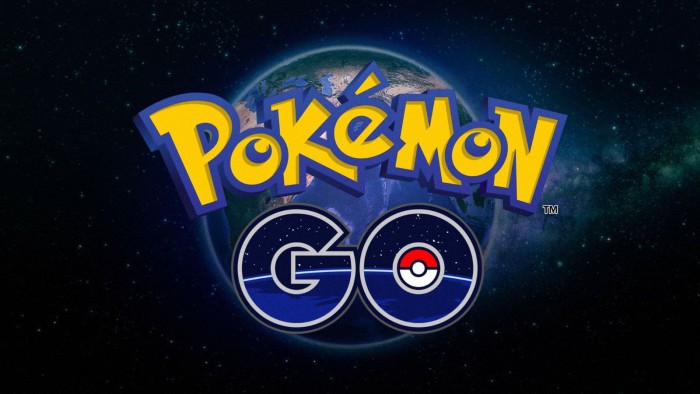
The Pokémon Go smartphone app broke every relevant record within weeks of its release. In the hands of the San Francisco-based company Niantic Labs, the Pokémon franchise has gained a new grip on consumer consciousness. In its first offering of 2016, Niantic combined its well established global positioning software with the enduring video game brand of Pokémon to create Pokémon Go.
The founder of Niantic (which is named after a ship that was run aground in what is now San Francisco's financial district) is American entrepreneur John Hanke. If you trace the trajectory of Hanke’s tech-driven career, the reasons for Pokémon Go's expansive boom become clearer…
Hanke grew up in the 1980s, in an early era of video gaming. From an early age, he had a fascination with interactive game design and explored software programming in his free time. As an avid reader of Byte magazine during his youth, he learned about the work of Steve Wozniak and Steve Jobs. Both men helped to shape the design of the personal computers that propelled Apple Inc. into the company we know it as today. Their work inspired Hanke.
By the end of 1996 he had graduated from the Haas School of Business at the University of California, Berkeley. Hanke joined Archetype Interactive, a grassroots video game development studio that eventually created one of the first multiplayer online roleplaying games, Meridian 59.
In 2001, Hanke founded Keyhole, Inc., a company that produced geospatial data visualisation applications. The success of Keyhole led to Google acquiring the company only three years after its launch. The small company's leading software suite, Earth Viewer, evolved and eventually became the 2005 Google Earth application. Other traces of Keyhole's technology survive to this day in the programming DNA of Google Maps and Google Mobile.
The inception of Niantic Labs in 2010 returned gaming to the periphery of Hanke's work. At first the company explored the realms of mobile maps, real-world exploration and social connection without a clear intention of bringing the three together. It is fair to say that Field Trip – the first coded product by Niantic in which citizens of San Francisco could walk around the city and recieve information on their mobile phones regarding nearby landmarks – is a distant ancestor of Pokémon Go.
A closer relative emerged in 2011 as the roughly-coded prototype, Battle for San Francisco, an augmented reality app that introduced the concept of capturing and reclaiming territory between opposing factions. This model was developed further and in late 2012 Ingress was released.
Ingress is a science fiction-based story narrative and features gameplay that includes claiming "portals" at culturally important sites. These portal locations include monuments, landmark statues and public art displays. To advance in Ingress, the player would link claimed civic sites together and create triangular "control areas" for their clan. By 2015 the game had over 7 million players across the globe.
Niantic had created a game that successfully utilises GPS technology to move people into new spaces and new social communities – a game that caught the eye of The Pokémon Company CEO, Tsunekazu Ishihara. A new vision was created between the two companies in which the dream of Satoshi Tajiri, the originator of Pokémon, could take another step closer to realisation.
As a child growing up in Machida, Tokyo, Tajiri had a special interest in collecting insects. Having access to forests adjacent to Machida, he would go bug catching with his friends and they’d compare collections afterwards. As the urbanisation of Japan continued and natural land was paved over, their bug-hunting habitats were lost.
In his adulthood, Tajiri wanted to design a game that allowed children to feel the same pleasure that he experienced of going outside to capture and collect small creatures. From this desire came Pokémon – a media franchise that is now one of the most lucrative in the world.
Pokémon Go is thus the meeting point of Niantic's steep rise in the world of mobile technology and The Pokémon Company's core mission. It invites players to step outside of their homes, to find virtual creatures while exploring their own surroundings and to become part of a new social community.






